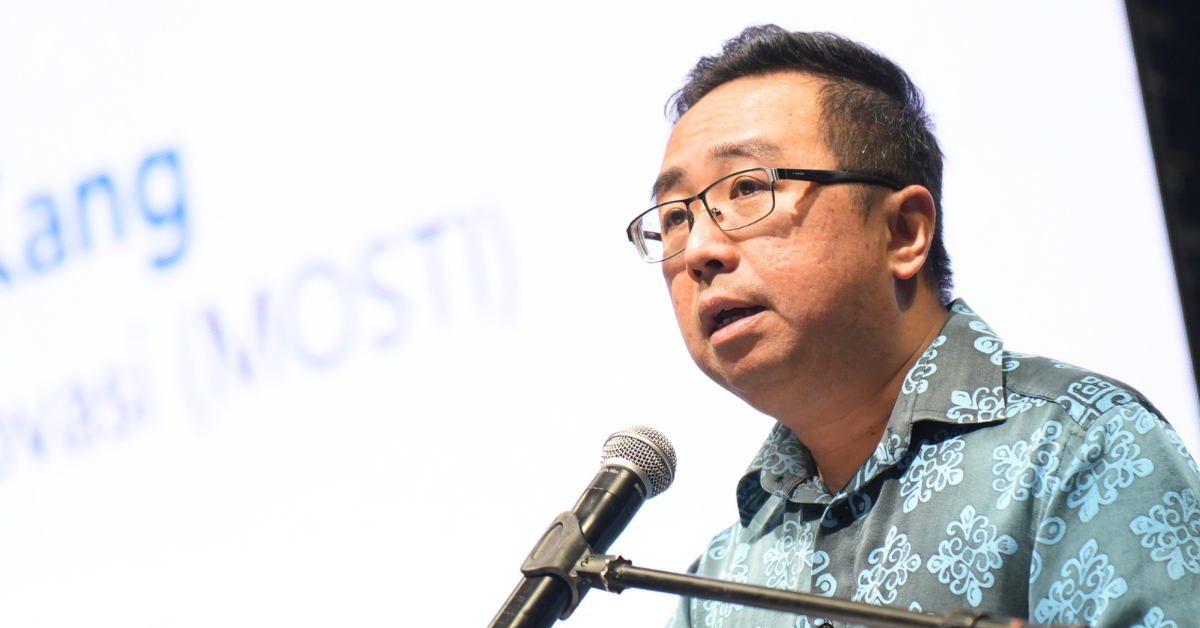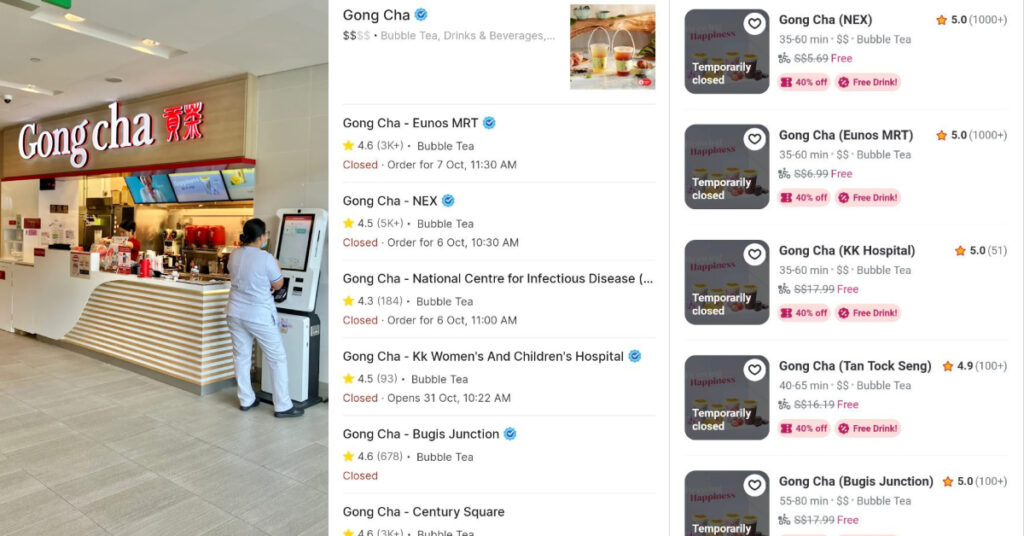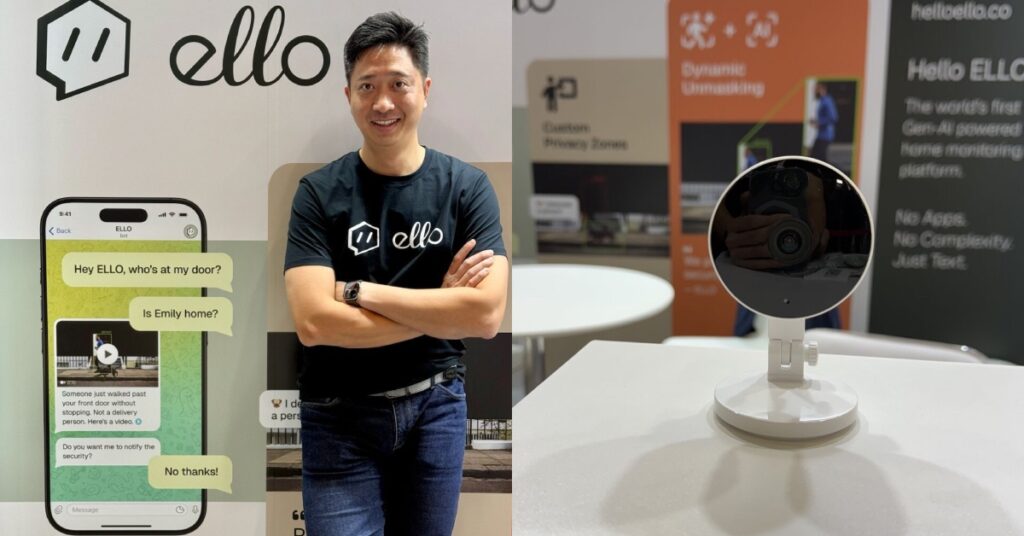The common narrative with cryptocurrency and big banks is that they are at loggerheads with each other.
After all, the very existence of cryptocurrency sort of undermines the purpose and functions of big banks. However, the creation of Partior — a joint venture between J.P. Morgan, Temasek and DBS — is set to change all of that.
An industry-first initiative, Partior is set to combine the best parts of the crypto philosophy and merge it with the needs of the traditional banking system.
In a workshop at Singapore Fintech Festival 2021 entitled ‘Blockchain and Big Banks: The Yin and Yang of Modern Economy’, we hear from Armaan Sinha and Tiena Sekharan, both Vice Presidents of Onyx (by J.P. Morgan) on this exciting new venture.
The flawed payment system
Ask any banker, and they’ll tell you that a bank’s payment system is extremely complicated. Contrary to popular belief, the payment systems banks have is not as intuitive or as straightforward as one would think.
“The cross border payment system today is in shambles,” said Tiena. “It is an extremely convoluted process that any cross-border transaction would involve four to five correspondent banks.”
There would be a very long settlement cycle between the time payment is initiated and the point that it reaches the beneficiary.
Tiena added that there is usually a lack of transparency and visibility in the event of a delay. If money is lost, it takes even longer to figure out where the money went.
You would have to account for the various holidays and individual cut-off times with different geographies, especially when dealing with different time zones.
“It’s even possible that the two markets don’t have any overlapping timezones at all. And all of this causes, of course, huge issues.”
This is where blockchain-based Partior comes in to help deal with all of these problems.
The perfect marriage between crypto and traditional banking

Tiena describes Partior as “a natural extension of JPM Coin” because JPM Coin requires someone to be a client of JPMorgan. “We believe that one should be able to access the best financial services irrespective of the bank.”
Partior takes away the convolution in the correspondent banking system, and extends 24/7 real-time payments to everyone — irrespective of which bank you bank with.
It aims to disrupt the traditional cross-border hub and spoke model that has resulted in common pain points, including multiple validations [and] checkpoints, which of course, does lead to costly, onerous post-transaction handling and reconfiguration.
Armaan Sinha, Vice President of Onyx by J.P. Morgan
Partior enables financial institutions to offer their corporate clients the ability to facilitate payments in any currency in any geography in real-time, 24/7.
It is your money — you should be able to transfer it whenever you want, to whomever you want. You should not be limited by 9am and 5pm timings on the weekday, and Partior is something that actually makes that possible.
Tiena Sekharan, Vice President of Onyx by J.P. Morgan
It reduces the settlement time and allows for programmable payments such as manual transactions, co-pay with the transparency, privacy, finality of settlement that traditional banking doesn’t offer.
A shared ledger between banks

As a decentralised but permissioned peer-to-peer network, Partior runs on a shared ledger technology infrastructure that aims to have information across multiple banks and currencies.
It is built on quorum Ethereum, a fork of the Ethereum blockchain.
This initiative provides a strong outcome to MAS’ Project Ubin, which seeks to explore the uses of blockchain technology for clearing and currency setting.
This shared ledger is between multiple branches of J.P. Morgan itself and in the same currency. This process uses the J.P. Morgan coin (JPM coin), a digital representation of a depository account, facilitating the movement of funds between JPMC branches and networks.
“Essentially, it enables clients to transfer US dollars between J.P. Morgan branches on a 24/7. We are trying to expand the scope of this ledger to include multiple banks and currency to create a shared ledger of banking network, but within a particular region.”
Currently, there are six branches of J.P. Morgan in New York, Singapore, Hong Kong, London, Luxembourg, and Australia. There is only have one live currency, which is US dollars, and there are two more currencies in the works.
The commercial banks participating on this platform and their clients by the participant banks can make payments to and from their digital depository accounts on the chain to deposit accounts. This is all supported with accuracy, in real-time, 24/7, 365 days a year.
It is important to note that all account balances will be treated as deposit liabilities with the commercial side. And the platform does not involve the creation, holding, or transfer of stable coins going or other digital tokens to any participant of life.
I think as people who represent traditional banks, we have to remind ourselves that Barnes and Nobles was not disrupted by WH Smith. It was disrupted by Amazon.
So, there is a need of the hour right now for different banks to get together. Banking is a competitive business bankers are a competitive lot. But, it is time to get together to share ledgers so that we can provide the most superior service to our customers and that is what Partior attempts to do.
Tiena Sekharan, Vice President of Onyx by J.P. Morgan

Businesses now can deliver funds on a 24/7 basis in all of this in real-time. With that, there is a strong liquidity optimisation opportunity.
Typically, businesses tend to keep pockets of money across various jurisdictions simply because they’re not guaranteed movement of funds that can happen if they have one master account.
“There is significant cost reduction because we are converting all via transfers. All of this is using the distributed ledger technology, so it’s extremely safe [and] secure,” said Armaan.
“Keeping in mind future-proofing of arbitration, this system is a top interoperable to other blockchain networks by an API.”
Programmability of payment
Since Partior enables 24/7 real-time payments across countries and banks, it’s something that enables programmable payments.
“What I mean by that is, it will no longer be required by the Treasuries working various banks to input every single transaction manually. It is possible to automate a lot of things”, explained Tiena.
“For example, if the balance in a particular account goes below a level that one is comfortable with, the amount can be siloed from another account into that account.”
If this sounds vaguely familiar, it’s because this concept is adopted from smart contracts in blockchain.
Partior allows for programmability of payment, such as automated apps, and government funding additional payment.
“Because all of this is already on a digital account, this is essentially J.P. Morgan Coin and how shared ledger technology is going to be going to take an end shape”, said Armaan.
Partior is also completely interoperable. “The idea here is to make sure that we are compatible with the past but are also future-ready,” said Tiena.
This means that Partior will be interoperable with the current RPG (risk purchasing buying) systems and Fedwire. She further explained that Partior would be interoperable with TERP systems, maybe PayMet of Malaysia and UPI of India.
Partior is also going to be future-ready, which means as Central Bank Digital Currency’s come online, Partior should be able to interoperate with all of these platforms.
This is not going to be a siloed system that exists in a vacuum. It will be something that interoperates with different forms of payment that exists and are already well-entrenched into the global payment system.
Tiena Sekharan, Vice President of Onyx by J.P. Morgan
Since Partior is not a siloed system, all the participants are operating in one single platform and that is beneficial because it makes the pre-validation possible.
“It is possible to pre-validate accounts and details of transactions. When that happens, there are fewer errors later on. And anyone who’s worked in global cross-border payments looking for errors and correcting those errors, it is the real challenge.”
Tiena emphasised how looking for errors takes away a lot of time, consumes resources and causes delays. With Partior on a single platform, pre-validation becomes possible, and all these cumbersome processes can be avoided.
The future of Partior

Partior is not a pipe dream, but a reality that is happening today.
“The project is a pilot phase, where we are currently transforming US dollars as well as Singapore dollars between JPMorgan and DBS within Singapore as we speak.”
These transactions are happening live, as the platform has already been set up. Partior is focused on building up by adding more settlement banks, more participant banks, and more corporates to the system.
This new platfrom is set to disrupt traditional banking and give way to a new system of payment that makes use of the best part of blockchain and banking.
Get $20 off your order on VP Label when you checkout with Pace and the code PACEVP20 (min spend $80). Discover and shop exciting homegrown brands now:
[iframe_vp_product src=”https://vulcanpost.com/label/embed-all/” id=”iframe1″]
Featured image: Partior LinkedIn/ Citywire Asia / Munshi Ahmed via Getty Images / Shutterstock










